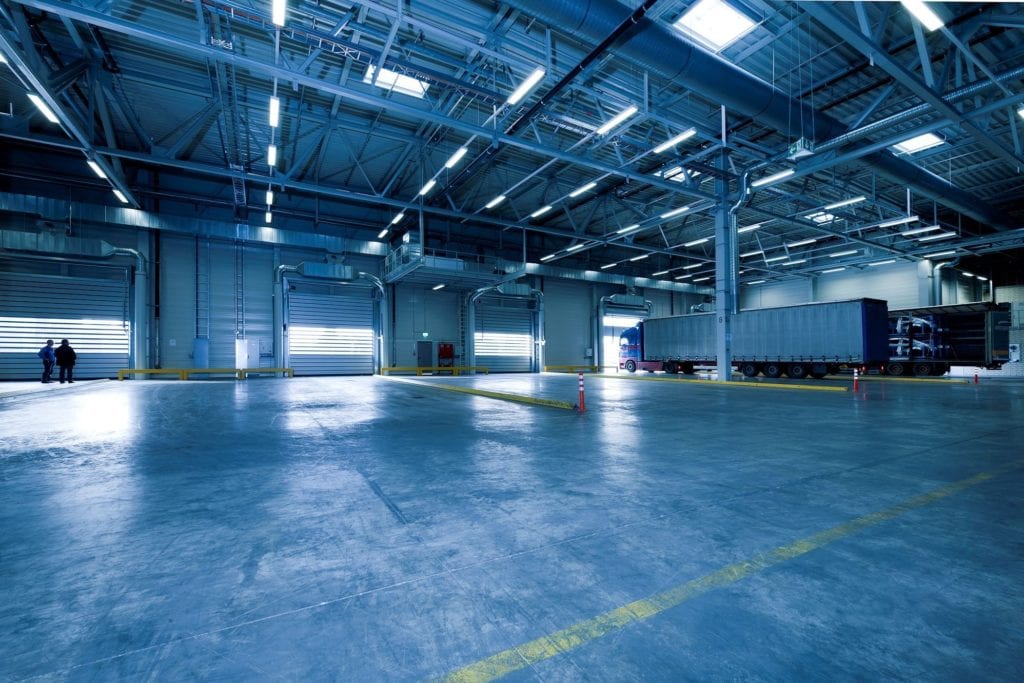

You probably have a good idea of what defines commercial real estate (CRE)—it’s real estate used for commercial purposes, right? The official definition of CRE is any property used for business purposes or to provide a workspace rather than a living space. Put simply, CRE is any property held to generate capital.
There are seven main categories of CRE. Within these respective groups, the properties are further defined based on location or intended use. Read on to learn more.
Office properties are located in both urban and suburban areas and include everything from small professional buildings to skyscrapers. They are classified into three distinct categories according to their location and construction.

From restaurants to shopping centers, retail properties house the businesses we frequent. Retail properties can be single- or multi-tenanted. You drive past or visit these properties every day. Large big-box chains are easily-recognizable examples of single-tenant retail properties. Multi-tenant retail properties, on the other hand, are the strip malls with that hole-in-the-wall restaurant you just can’t get enough of.
Buildings capable of anything from heavy manufacturing to warehouse space are considered industrial properties and are often grouped into large industrial parks. Industrial properties are commonly located outside urban areas, with quick access to major transportation routes. Industrial properties are grouped into the following four specific categories:

This type of CRE includes residential properties not considered single-family dwellings and includes apartment buildings, townhomes and condos. Similar to office buildings, multifamily properties are rated Class A, B or C. Apartment buildings in the multifamily category are more specifically defined by the following sizes:
Yep, hotels. We all love to see their welcoming, warm lights glistening off the dark interstate through tired eyes. More technically, hotel properties include establishments that provide accommodations, meals and other services for travelers. These, like other categories, are further defined by the services they provide:
This category includes farm and ranch land. But it also includes land that has been previously used for commercial or industrial purposes. These properties are often rezoned and available for re-use as a new development.
Any property that doesn’t fall into the other categories is considered special purpose. It sounds like a lot—and it can be. Special purpose properties include amusement parks, sports arenas, religious facilities, self-storage units, refineries, mills and many others.
Chris Falk has extensive experience in CRE and can help with any question that you might have. Contact him for any of your CRE needs at (801) 416-1024 or cfalk@ngacres.com.